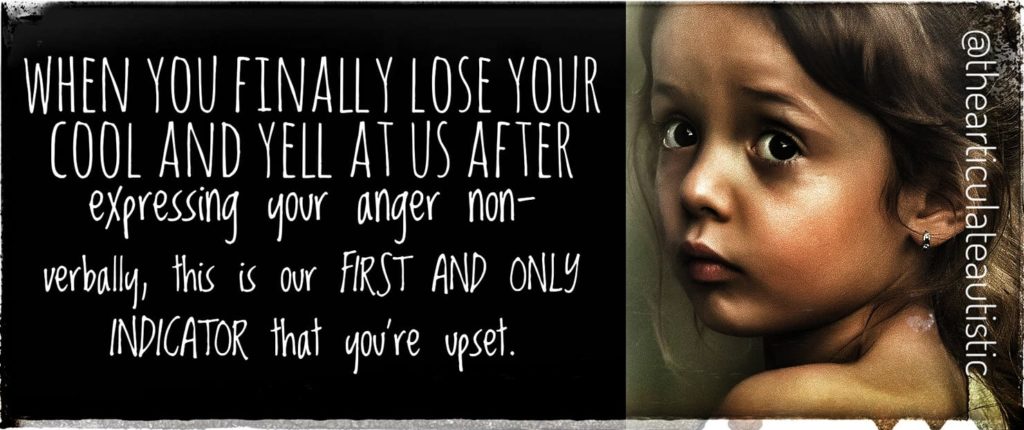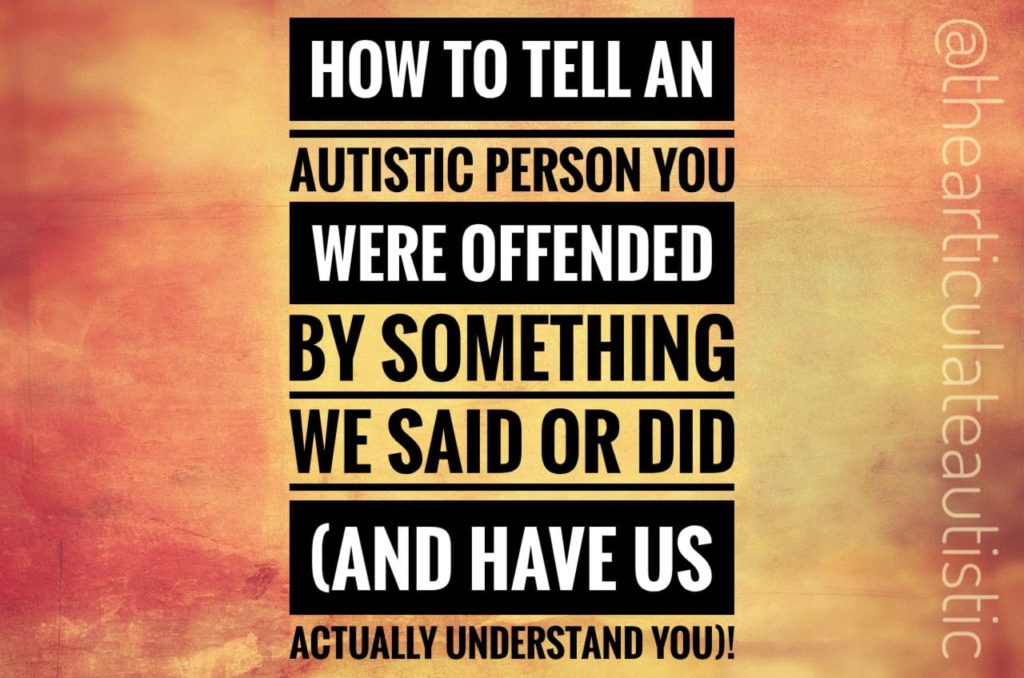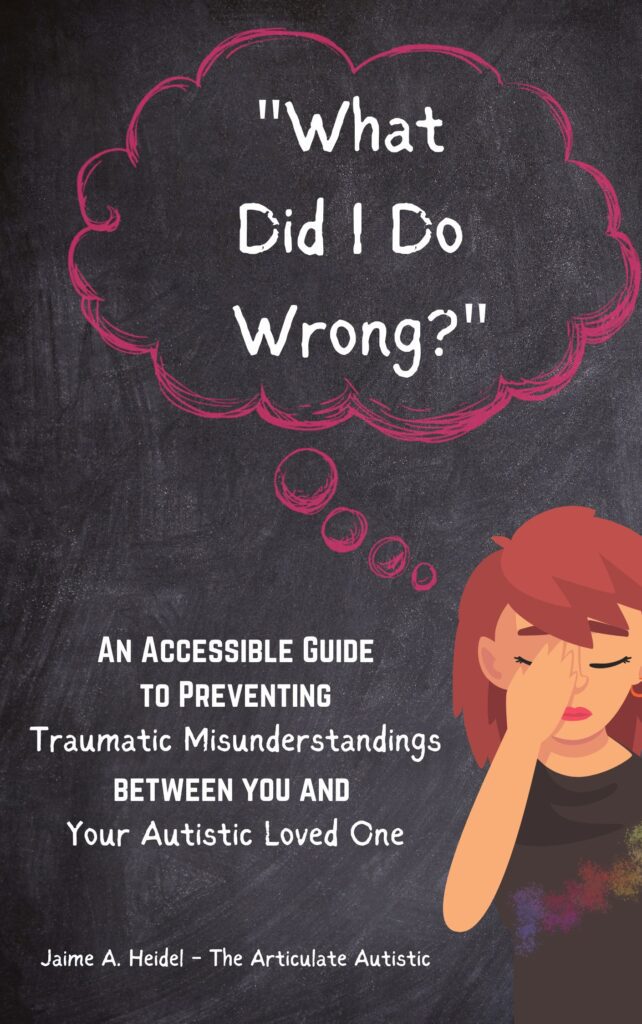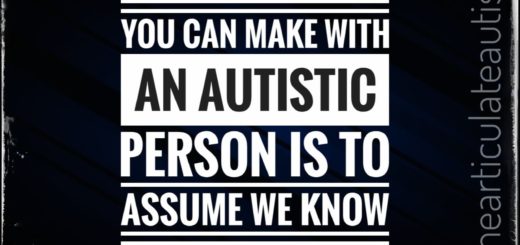“It’s Like I Have to Be Sobbing for Him to Notice I’m Upset”

I’ve heard this before. I was in a relationship where somebody said they had to be hysterical before I noticed they were upset or understood the seriousness of an emotional hurt.
You know what? That person was 100% right.
I got a kick in the gut in the form of a comment a week or two ago from a neurotypical woman who has considerable trouble interacting with her autistic son because, of course, they’re both speaking a different neurological language.
She said something to the effect of having to be very visibly upset before her son would even register that anything was wrong.
Again, I say to you, this is how I used to be, too (and still often am).
Here’s a hard truth for my neurotypical followers: When you start crying or yelling, it is often our FIRST INDICATOR that something is wrong.

You’re on your last straw, we’re on our first clue.

What bothers me about this is that if you’re a neurotypical person completely new to neurodiversity, I can understand why this would be hurtful and confusing to you.
However, when you do know about neurodiversity, especially the same neurodivergent person for years or even decades and our inability to respond to you the way a neurotypical person would STILL upsets you, that makes no sense to me.
That doesn’t mean a neurodivergent person can’t learn, change, and grow, but…you have to meet us halfway, and that is not by “letting it go” because we’ve talked about this, most people don’t let things go, they store them until they implode or explode.
Meeting us halfway means wholeheartedly believing and accepting that we need you to tell us that you are upset (verbally or in writing), why you are upset, what you need now, and what we can do to avoid upsetting you in the future.
You will never get a genuinely neurotypical response from a neurodivergent person. Our brains aren’t wired that way.
– Jaime A. Heidel
That said, there is no need for either person to get to the point of sobbing to show emotion or communicate feelings.
Before it ever gets to that point, plain language needs to be used. No hinting. No skirting the issue. No wondering why we’re not picking up what you’re putting down.
We don’t see it. If it was a bus, it would flatten us before we even knew it was there!
So, yes. You DO have to be sobbing hysterically before we realize you’re hurt IF you keep trying to communicate with us as though we are neurotypical.
But, if you communicate with us like we are neurodivergent (plain language with calm, rational explanations), we will bend over backwards to make sure we don’t accidentally continue to upset you.
Oh, and if you’re really emotional and hurt in the moment, you might not be able to be calm and rational, and that’s OK.
Wait until you can find the words and write them down if need be.
Oh, and no, you won’t (usually) have to explain the same thing over and over. Eventually, your needs, wants, and preferences will be noted and retained.
Also, these misunderstandings are not a matter of either party not caring. It’s a matter of miscommunication.
An autistic person can’t be there for you until we know there is a problem, and we won’t know there is a problem until you communicate it in a way that an autistic person can understand.
It’s no different than a colorblind person having no concept of red. No matter how many times you stride confidently into the room in that little red dress, the colorblind person is never going to start humming the song, “Lady In Red” or tell you how great the color looks on you (but you may get a nice compliment on your booty). 😉
Reduce confusing communication misunderstandings between you and your autistic loved one! Pick up a copy of my book, “What Did I Do Wrong?” today.





